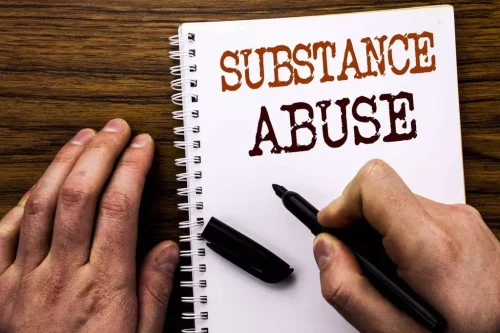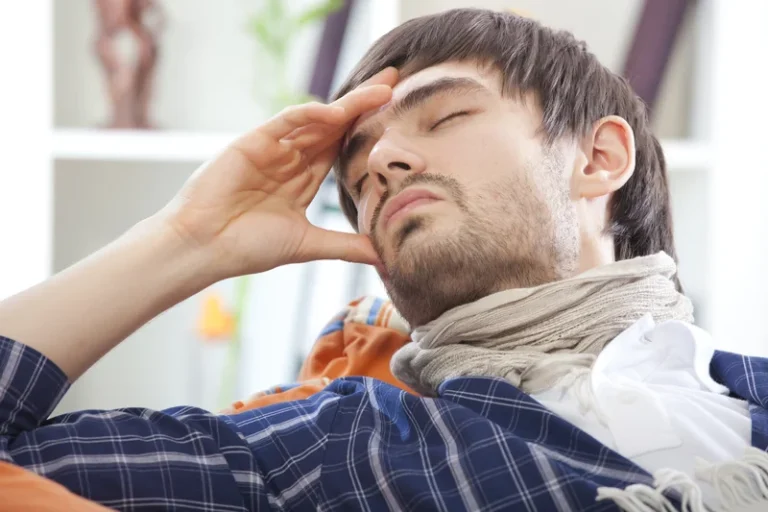
Some doctors, particularly in the US, believe that long-term benzodiazepines are indicated for some anxiety, panic and phobic disorders and some psychiatric conditions. However, medical opinions differ and, even if complete withdrawal is not advised, it may be beneficial to reduce the dosage or to take intermittent courses with benzodiazepine-free intervals. Short-acting benzodiazepines are much more likely to benzodiazepine withdrawal cause rebound symptoms. In fact, if you take your medication every other day, you may notice rebound symptoms on the day between doses. If you want to stop taking benzodiazepines after consistent long-term use, your doctor can help you gradually taper off your medication. Tapering can help take the edge off withdrawal symptoms like tremors and nausea, though it may not prevent withdrawal symptoms entirely.
- If you are uninsured, certain inpatient facilities may still be an option.
- Insomnia, another symptom, can also contribute to these feelings of anxiety and agitation.
- For short-acting benzodiazepines, such as alprazolam, rebound symptoms may appear between doses,1 which typically leads to dose escalation with temporary relief of these symptoms,4 as in this case scenario.
- The only safe way to quit is to slowly taper down your dose under the direction of a doctor.
Follow-up care
This is because the term detoxification has many meanings and does not translate easily to languages other than English. The preferred treatment for cannabis dependence is psycho-social care. Patients who have been using large amounts of cannabis may experience psychiatric disturbances such as psychosis; if necessary, refer patients for psychiatric care. Give 20mg diazepam by mouth every 1-2 hours until symptoms are controlled and AWS score is less than 5.

Signs and Symptoms of Ativan Withdrawal
- If you plan to or have become pregnant, you will need to discuss your options with a doctor.
- Each of these options, while varying from one another, require less of a time commitment than inpatient rehab, as patients can continue to reside at home while obtaining treatment.
- Many doctors are uncertain how to manage benzodiazepine withdrawal and hesitate to undertake it.
- Most benzos symptoms begin within 24 hours of withdrawal and can last up to a year.
- Slow withdrawal means tapering dosage gradually, usually over a period of some months.
- This will help you come off benzos as safely as possible and reduce your risk of serious withdrawal symptoms.
These may include sleeplessness and sleep difficulties such as insomnia or strange and disturbing dreams. These sleep disturbances may last longer than 2-3 weeks, when many of the other possible symptoms peak and resolve. The signs and symptoms of Xanax withdrawal vary from person to person. Research indicates that roughly 40% of people taking benzodiazepines for more than six months will experience moderate to severe withdrawal symptoms. Acute opioid withdrawal is followed by a protracted withdrawal phase that lasts for up to six months and is characterised by a general feeling of reduced well-being and strong cravings for opioids.
Benzodiazepine Detox and Withdrawal: Symptoms, Timeline, and Treatment
Tapering Xanax is challenging because the amount of the drug in your system quickly goes up and down with each dose. To help you avoid these peaks and valleys, doctors often switch you from Xanax to a long-acting benzodiazepine such as Valium (diazepam). Estimates suggest that about 10% to 25% of people who use benzodiazepines long term experience what’s known as protracted withdrawal.
They can take weeks before they are effective, they can also have their own withdrawal effects, and many times when starting an antidepressant withdrawal symptoms can seem to be aggravated. Beta blockers can be used to help with symptoms such as palpitations and muscle tremors or shakes. If beta blockers have been used regularly, they too must be tapered off. Pain medications such as Neurontin have been prescribed to try to help the physical symptoms of withdrawal. It is the general opinion in benzo circles that most adjunctive medications can actually complicate the withdrawal process.


Avenues Recovery is a community-based drug and alcohol rehabilitation center with locations across the United States. Patients withdrawing from inhalants should be observed every three-four hours to assess for complications such as hallucinations, which may require medication. A minority of patients withdrawing from stimulants may become significantly distressed or agitated, presenting a danger to themselves or others.
What is a Typical Benzo Withdrawal Timeline?
- The preferred treatment for cannabis dependence is psycho-social care.
- If withdrawal symptoms arise during the taper, the taper can be paused to allow the body time to adjust, but the dose should not be increased.
- According to the American Psychiatric Association (APA), withdrawal symptoms from short-acting benzodiazepines peak on the second day and improve by the fourth or fifth.
When your daily dose of Ativan is suddenly stopped or significantly reduced, withdrawal symptoms can appear in as little as eight to 12 hours. Acute symptoms or lorazepam withdrawal typically last between one and four https://ecosoberhouse.com/ weeks. It is important to note that dependence is not the same as addiction. If you become physically dependent on a substance, it means that you will experience withdrawal symptoms if you stop taking the medication.
However, the experience of most patients is that slow withdrawal is greatly preferable, especially when the subject dictates the pace. Indeed, many patients find that there is little or no “agony” involved. Nevertheless there is no magic rate of withdrawal and each person must find the pace that suits him best.

The issue is that taking Ativan for as little as three to six weeks, even at therapeutic doses, can cause physical dependence and mild withdrawal symptoms. Benzodiazepine, or benzo, withdrawal happens when a person suddenly stops taking benzodiazepine drugs, which doctors do not recommend. The withdrawal symptoms, which vary in severity, typically begin within 24 hours and may last from a few days to a few months. Many people taking benzodiazepines long-term have also been prescribed antidepressant drugs because of developing depression, either during chronic use or during withdrawal. Antidepressant drugs should also be tapered slowly since they too can cause a withdrawal reaction (euphemistically labelled “antidepressant discontinuation reaction” by psychiatrists).